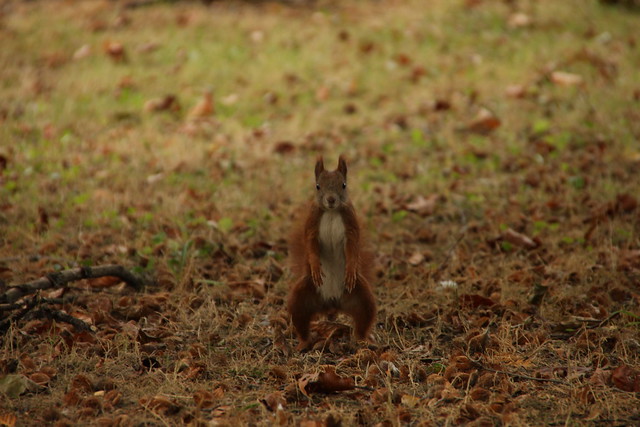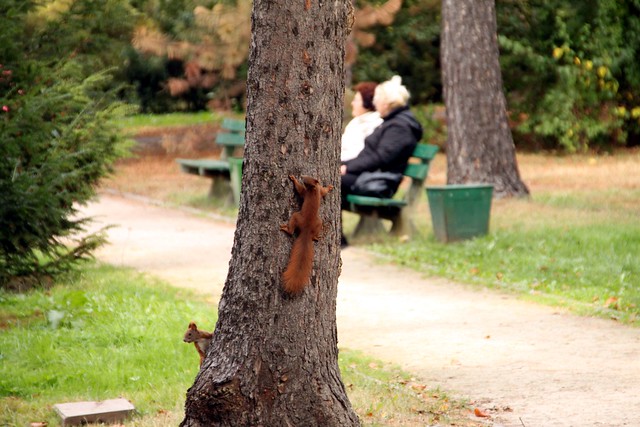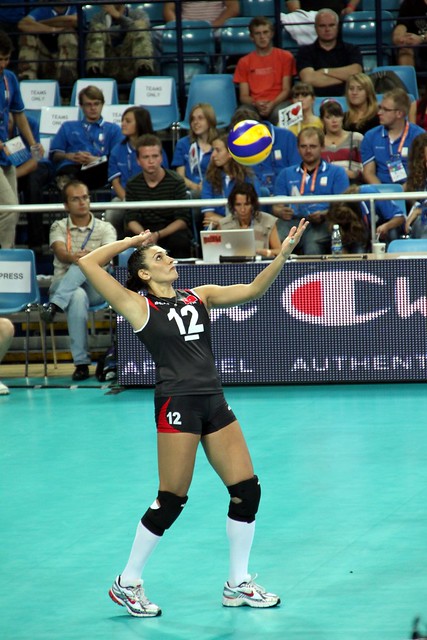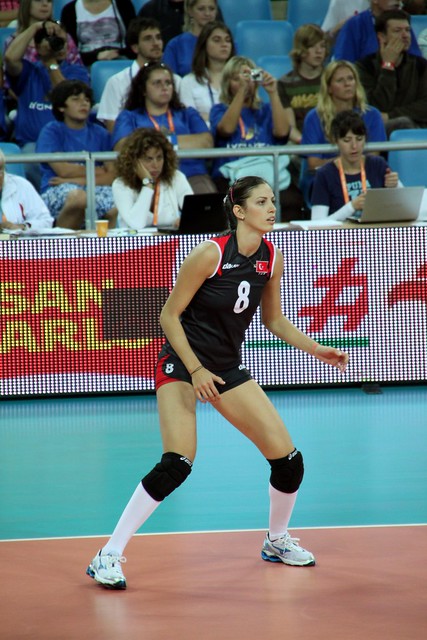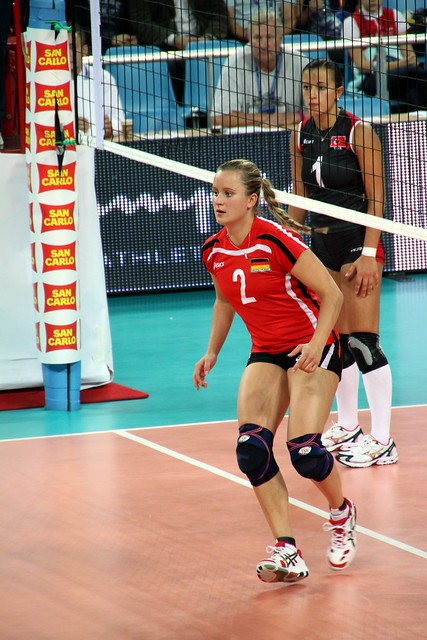Η
Kaplica Czaszek (
Καπλίτσα Τσάσσεκ - "Παρεκκλήσι των Κρανίων") είναι ένα μικρό, τετραγωνικού σχήματος, παρεκκλήσι σε ρυθμό
μπαρόκ, το οποίο βρίσκεται ανάμεσα στον ναό του
Αγίου Βαρθολομαίου και το καμπαναριό του
Πολωνικού χωριού
Czermna (
Τσέρμνα).

Οι τοίχοι και η οροφή του είναι καλυμένοι με
3.000 ανθρώπινα κρανία και κόκαλα τα οποία ανήκουν σε θύματα πολέμων ή της πανούκλας... Άλλα
20-30.000 βρίσκονται στην κρύπτη του ναΐσκου...

Το παρεκκλήσι κτίστηκε την περίοδο
1776 -
1804 από τον πατέρα
Václav Tomášek (
Βάσλαβ Τόμασσεκ),
Τσεχικής καταγωγής, ο οποίος ήταν τότε ο εφημέριος του χωριού... Μία μέρα του 1776, ο εφημέριος παρατήρησε σε μία πλαγιά κοντά στο καμπαναριό να εξέχουν από το χώμα κάποια κρανία και κόκαλα... Μαζί μέ άλλους από το χωριό άρχισαν να ξεθάβουν τα πτώματα χωρίς να έχουν καμία υποψία για τον αριθμό των θαμμένων εκεί ανθρώπων... Το πιθανότερο είναι ότι ήταν νεκροί του καταστρεπτικού Τριακονταετούς πολέμου (1618-1648), της πανούκλας που ξέσπασε κατά την διάρκεια του και του Επταετούς πολέμου (1756-1763)...

Ο πάτερ Τόμασσεκ αποφάσισε να ξεθάψει όλα τα οστά... Τα οστά συλλέχθηκαν και πλύθηκαν.... Η μεγάλη εντύπωση που είχαν κάνει στον ιερέα οι κατακόμβες της
Ρώμης, κατά την διάρκεια του ταξιδιού του εκεί το
1775, γέννησαν την ιδέα της κατασκευής του παρεκκλησιού.


Ο Τόμασσεκ πέθανε το
1804. Η επιθυμία του ήταν τα κόκκαλα του να μεταφερθούν, 20 χρόνια μετά τον θάνατο του, στο παρεκκλήσι.

Φωτογραφία από το παρεκκλήσι σε παλαιό καρτποστάλ (Via
profkaren). Ξεχωρίζει ο εσταυρωμένος καθώς επίσης και στα δεξιά και αριστερά τα ξύλινα αγάλματα δύο αγγέλων. Ο ένας κρατάει τρομπέτα με την επιγραφή "
Powstańcie z martwych" ("
ἀνάστα ἐκ τῶν νεκρῶν") και ο άλλος ζυγαριά και την επιγραφή "
Pójdźcie pod sąd" ("
Ελάτε στο δικαστήριο").


[
ENG]
The Kaplica Czaszek ("Chapel of the skulls") is a small, square chapel in baroque style, which is located between St. Bartholomew's church of the Polish village Czermna and its bell tower. The walls and the roof, inside the chapel, are covered with 3,000 human skulls and bones belonging to victims of war or of the plague... Other 20-30.000 are located in the crypt of the chapel... It was built during the period 1776-1804 by father Václav Tomášek of Czech origin, who was at that time the parish of the village... One day in 1776, the priest noticed to a slope near the bell tower some skulls and bones... Along with others from the village began to dig up the corpses without having any suspicion regarding the number of people buried there... Most likely they were people that died during the devastating Thirty Years War (1618-1648), the plague that broke out during the war and the Seven Years War (1756-1763)... Father Tomassek decided to dig up all the bones... The bones were collected and washed... The strong impression that the catacombs of Rome did to the priest, during his trip there in 1775, gave the idea of construction of the chapel. Tomassek died in 1804. His desire was his bones to be transferred in the chapel 20 years after his death. In the photo from the chapel on the old postcards (via profkaren) one can see Jesus Christ on the cross and also, in the right and left of the chapel, the wooden statues of two angels. One holds the trumpet and the legend "Powstańcie z martwych" ("Arise from the dead") and the other a balance and the inscription "Pójdźcie pod sąd" ("Come into the court").


